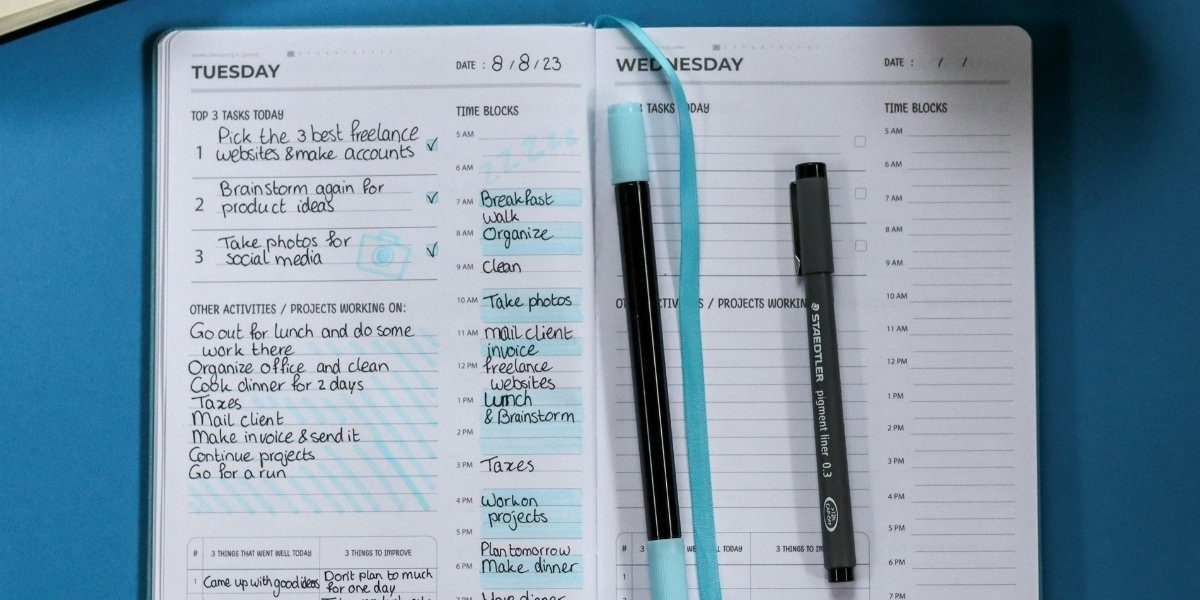Mastering Your Most Valuable Asset: Strategies for Self-Discipline and Time Management
In today’s fast-paced and distraction-filled world, mastering self-discipline and time management is crucial for success, balance, and well-being. While time is the most valuable asset we all share, many struggle to use it wisely due to poor habits, overwhelming demands, or lack of focus. Cultivating strong self-discipline paired with effective time management can transform daily routines, improve productivity, and help individuals achieve their goals with greater satisfaction. This article explores practical strategies for developing these essential skills.
Self-discipline is the inner strength that allows people to regulate their actions, resist impulses, and stay focused on long-term goals despite distractions or difficulties. It is often considered the cornerstone of personal achievement because motivation alone tends to fluctuate, but discipline creates consistency.
Read Also: Save Time on Weeknight Meals by Prepping in Advance
Developing self-discipline starts with self-awareness. Recognizing when procrastination or distractions arise helps identify triggers and patterns. Setting clear, meaningful goals provides direction and purpose, which strengthens resolve. Building routines, such as beginning work at the same time daily or avoiding multitasking, forms habits that reduce reliance on willpower alone. Importantly, self-discipline is not about harsh self-control but about aligning actions with values and priorities. It empowers individuals to choose productive behaviors over momentary gratification, fostering confidence and resilience.
Key Time Management Techniques for Maximum Productivity
Effective time management is the process of planning and controlling how much time to spend on specific activities to optimize output and reduce stress. Without it, even disciplined individuals can feel overwhelmed by competing demands.
One fundamental method is prioritization. Tools like the Eisenhower Matrix categorize tasks into urgent/important, allowing focus on high-impact activities first. Planning the day or week in advance using calendars or digital planners creates structure and accountability.
Techniques such as the Pomodoro Technique—working in focused intervals of 25 minutes followed by short breaks—help maintain energy and concentration. Avoiding multitasking enhances efficiency since switching tasks often decreases cognitive performance.
Learning to say no or delegate less critical tasks frees time for what truly matters. Combining these practices supports sustained productivity and reduces burnout.
Setting Clear Goals to Guide Discipline and Time
Goal setting acts as the compass for both self-discipline and time management. Goals transform vague ambitions into concrete, actionable steps. Using the SMART framework—goals that are Specific, Measurable, Achievable, Relevant, and Time-bound—ensures clarity and feasibility.
Breaking down large goals into smaller, manageable milestones prevents overwhelm and builds momentum. Regularly reviewing progress allows adjustments and keeps motivation high. Celebrating small successes reinforces positive behavior and perseverance.
This process encourages intentional use of time, aligning daily efforts with overarching objectives, and creating a sense of purpose that strengthens discipline. The environment profoundly impacts one’s ability to maintain discipline and manage time effectively. A cluttered, noisy workspace invites distractions and disrupts flow. Conversely, a clean, organized, and dedicated space signals the brain that it’s time to focus.
Controlling digital distractions by silencing unnecessary notifications, using website blockers, or setting specific “do not disturb” periods helps maintain attention. Establishing clear boundaries with family, friends, or coworkers about focus times preserves uninterrupted work. Social environment matters too. Surrounding oneself with supportive, motivated people fosters accountability and positive habits. Creating rituals—such as a morning routine or a consistent start time—builds momentum and reduces decision fatigue.
Overcoming Common Barriers to Discipline and Effective Time Use
Despite best intentions, obstacles like procrastination, fatigue, and overwhelm frequently derail plans. Combating these challenges requires practical approaches. Breaking tasks into smaller pieces reduces intimidation and encourages action. Prioritizing physical health—adequate sleep, balanced nutrition, and regular exercise—sustains energy and cognitive function. Stress management techniques such as mindfulness meditation or deep breathing improve emotional regulation and focus. Reframing negative thoughts that undermine confidence into positive affirmations enhances motivation. Seeking social support or professional coaching provides encouragement and strategies to maintain progress.
Acknowledging setbacks as normal rather than failures fosters resilience and keeps long-term goals in sight. Technology can either hinder or enhance productivity depending on how it is used. Numerous tools assist with planning, tracking, and maintaining focus. Digital calendars, task management apps, and reminders create structure and accountability.
Read Also: Navigating Changing Breadwinner Roles in Families Today
Timer apps facilitate techniques like Pomodoro, improving concentration. Virtual collaboration tools streamline communication and project management. Online learning platforms offer resources to develop skills in self-discipline and time management. Digital distractions—social media, news alerts, entertainment apps—can erode focus. Mindful use of technology involves scheduling specific times for leisure and work, turning off nonessential notifications, and periodically reviewing usage habits. Being intentional about technology use turns it into a powerful ally rather than a productivity thief.







